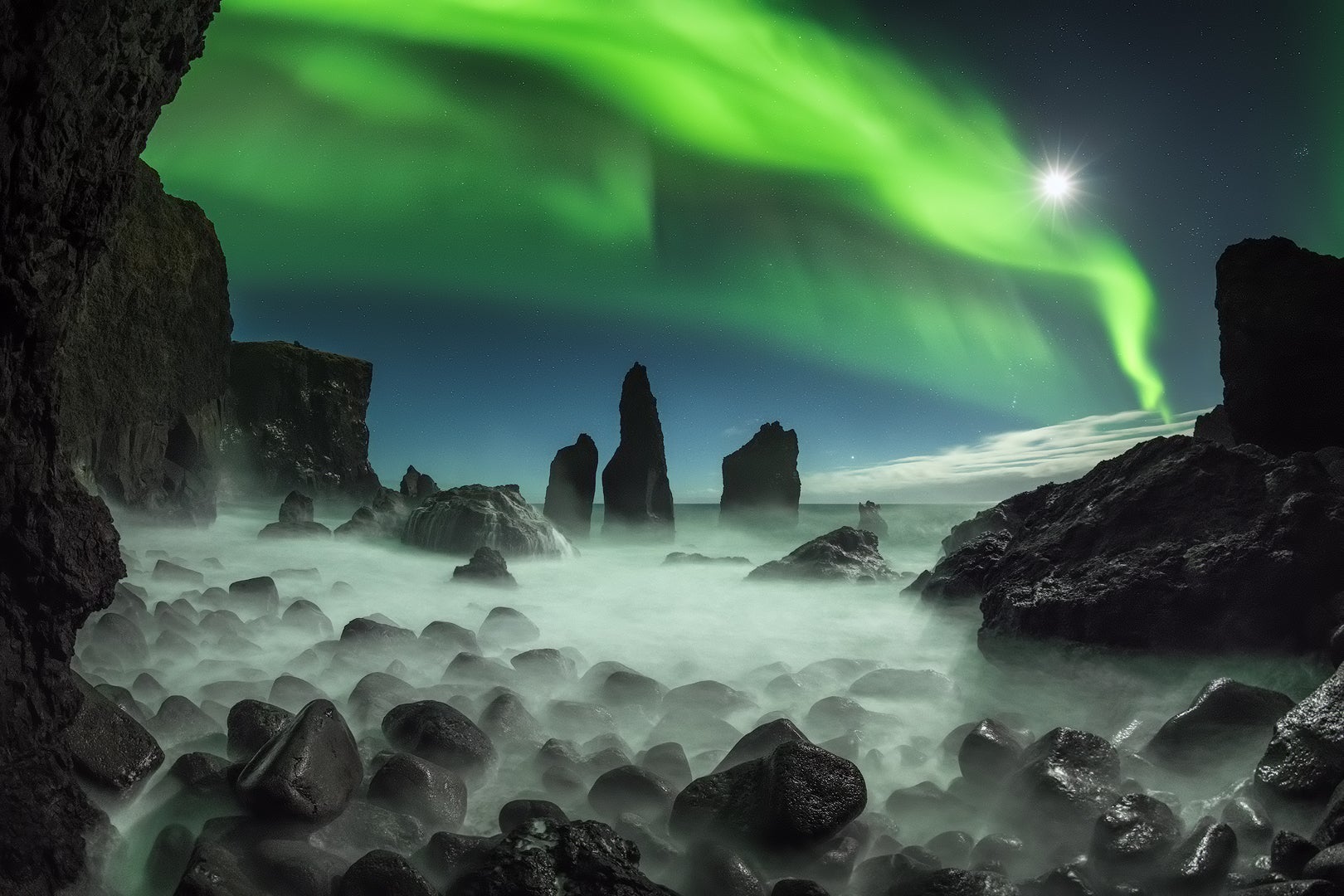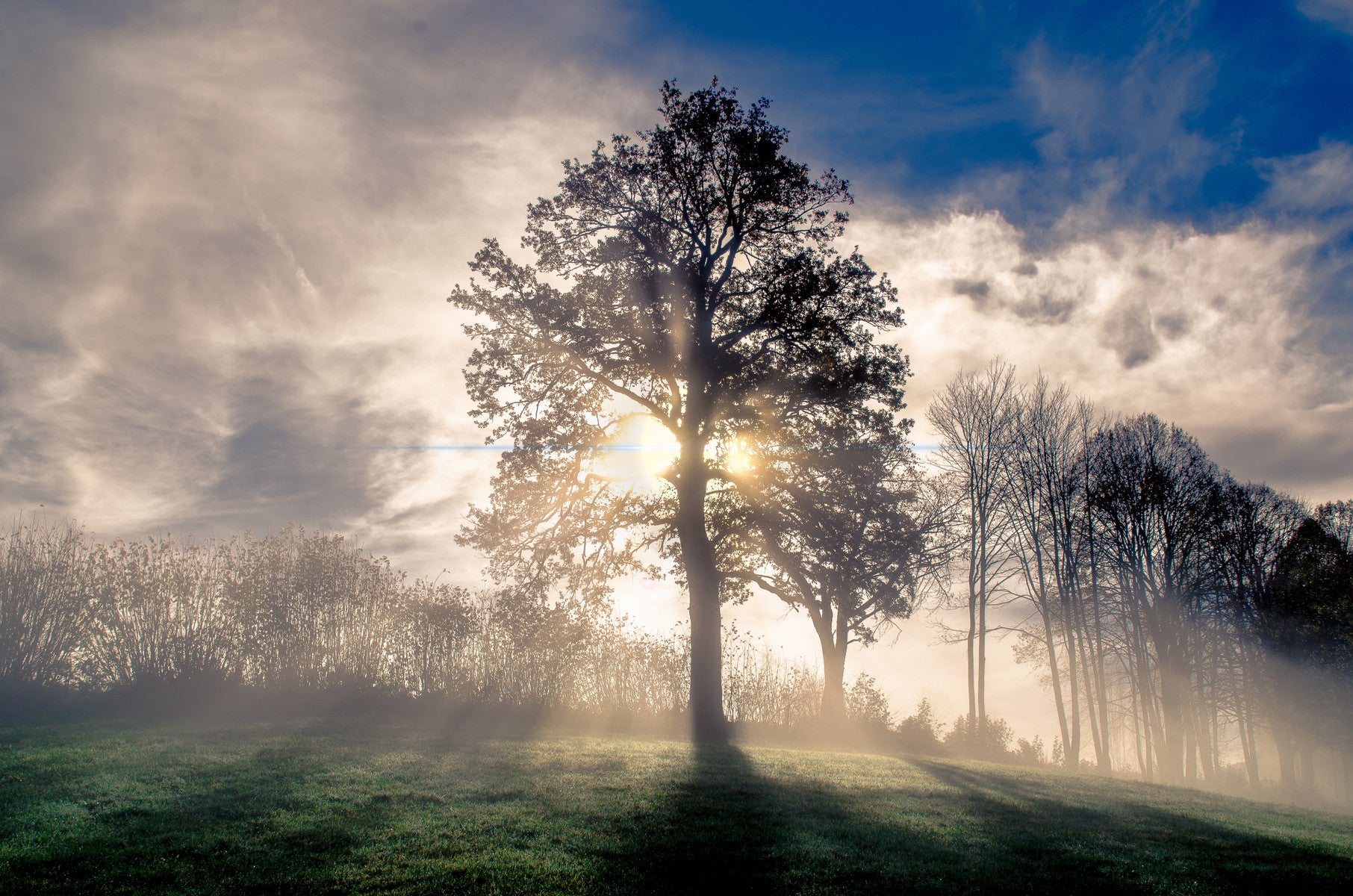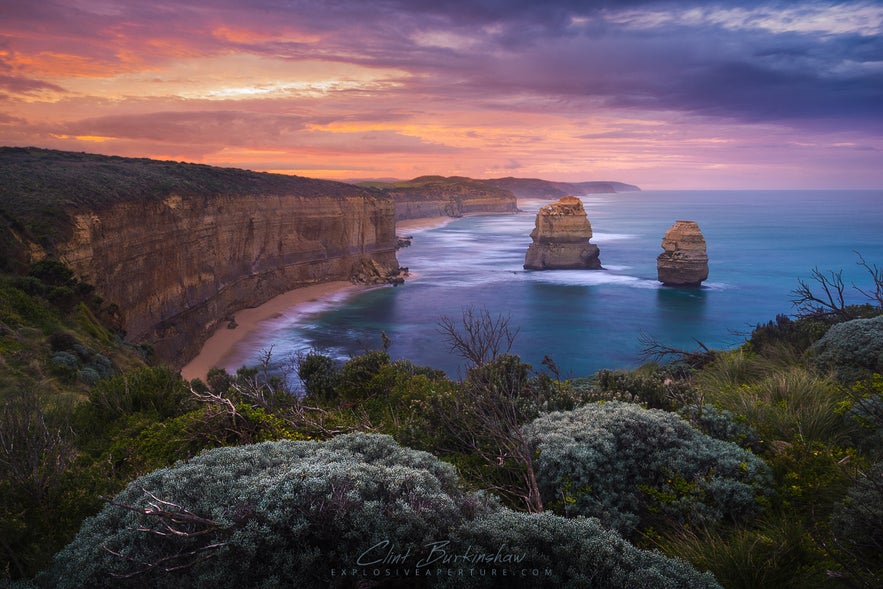
Travel photography differs from other subcategories of photography. It is a genre that has few limitations to its image qualifiers, but will also test the photographer to great lengths due to the abundance of challenges faced. Within the travel photography genre, one can expect to see a vast range of images aimed to capture anything from the combination of landscapes, portrait, street, culture, food, underwater scenes and more.
- Pick up 8 Tips to Improve Your Landscape Photographs
- Find out What to Wear for Summer Photo Tours in Iceland
- Discover this Patagonia Summer Photography Tour in Torres del Paine
However, the unique component at the heart of travel photography, is that the images from the vast range of subcategories are aimed to capture and share moments in time from different cultures, an alternate way of life, and varied geographical locations from around the globe.
Travel photography goes further than just capturing a great image. It’s there to tell a story, educate and inspire.
So what exactly is travel photography? In this article, I'll share with you my own perspective as a travel photographer, why travel photography is important, what you'll need to get started and above all, how to stay safe on your travels.
A Personal Perspective from Travel Photographer: Clint Burkinshaw
To me, travel photography transcends just “landscape” or “portrait” photography. It’s about capturing and documenting that distant place in a single frame, pulling the viewer into the shot and making them wish that they were there.
A good travel photo will be more than just a slice of time captured in a rectangle. It will tell a story and convey emotion. Travel photography is a source of inspiration and driver to see and experience the best our world has to offer. Subsequently, it brings out the best in me.
Importance of Travel Photography
Travel photography is all about bringing the world to people and exposing to them what else is out there. It’s about educating people about the customs of other cultures, showing them how they differ from their own.
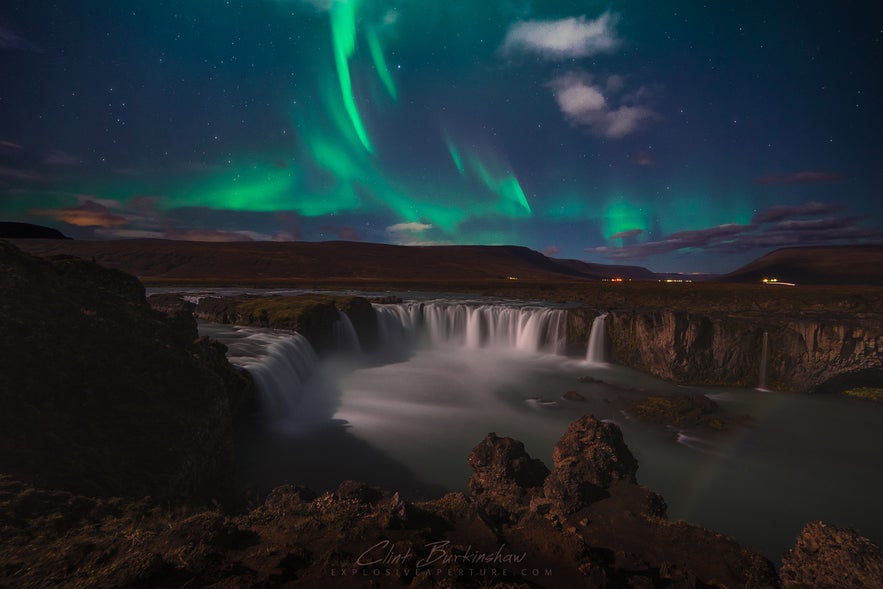 The world is made better by travel photography. Photo by: 'Clint Burkinshaw'.
The world is made better by travel photography. Photo by: 'Clint Burkinshaw'.
The world is far grander and more exquisite with beautiful differences than just the area that surrounds us. Bringing nature's majesty to the people, inspires and promotes the diversity of this planet and helps encourage others to explore and see the great outdoors.
The Photographer
Anyone can do a bit of travel photography, just as anyone can do landscape or portrait photography, regardless of what the definition of “professional” is.
There are essentially two main groups of people engaging in travel photography. One group consists of those who travel for the purpose of photography, and the other group consists of people who travel for the sake of travel and take photos to compliment their travels.
While there is no reason to promote one group over another, it is still a good idea to prioritise your intended scope prior to planning your trip, as the experience will be somewhat different.
Proactive and Reactive Photography
There are two main categories for which one needs to focus their skill development and preparation within. These consist of proactive and reactive photography.
Reactive photography becomes significantly evident when engaging in street, cultural or wildlife shoots. These unpredictable and dynamic scenes tend to present golden opportunities, which seem to come and go in the blink of an eye. Photographers need to be incredibly quick and demonstrate the skills to make the most of these opportunities and capture the images in an efficient and effective manner.
 Being proactive is encouraged in travel photography. Photo by: 'Clint Burkinshaw'.
Being proactive is encouraged in travel photography. Photo by: 'Clint Burkinshaw'.
Proactive photography in essence is being “proactive” about your next photo shoot, by doing things in preparation (like researching your upcoming location) prior to arriving.
Of course, no matter where a photographer goes and what he shoots, being proactive is always encouraged. However, there are more prevalent and anticipated situations where proactive photography will be much more beneficial.
Landscape photography is a great example of this, as the success of such photos can heavily depend on the preparation gone into the shoot. Additionally, these scenes also require quite a bit of reactive photography when on site, in areas such as lighting and newly discovered composition opportunities.
Travel Photography Gear
When it comes to what equipment to take, travel photography has its own unique considerations in contrast to other photography categories. What to pack will also depend on the trip itself. As a travel photographer, if I could give one imperative tip; it would be to ‘go light’!
As mentioned previously, much of travel photography is reactive. This means, being in the right place at the right time, and NOT missing that golden opportunity. For this, being ready with equipment that is not going to slow you down, is vital.
 The right gear will help you capture incredible travel photography images. Photo by: 'Clint Burkinshaw'.
The right gear will help you capture incredible travel photography images. Photo by: 'Clint Burkinshaw'.
Quick Access Bag
First of all, you'll need a bag that’s going to allow you to get your gear in and out quickly. When that opportunity presents itself, you need to be able to access your camera extremely fast.
For this, I recommend a day pack with a side access pocket which can be undone in a single zip, giving you access to your camera body with an appropriately attached lens. Also, if the voyage is a long one, quick access will help you keep your sanity with the hundreds (if not thousands) of times you’ll be grabbing your camera. Hybrid camera bags are good for this, and also allows you to take additional non-photography related belongings.
Lighter Weight Camera Body
When I previously mentioned “going light” is the key for successful travel photography, I very much meant it. If you’re going to be walking for hours on end each day, or going on regular hikes, lighter weight equipment is going to help you out with your photography much more than you think.
A lighter body with fewer lenses than normal, gives you the opportunity to go further with ease and allows you to get your camera out more often than not, especially in those times when you might think twice. So shelf that hefty camera body, and take something much lighter.
Thankfully, full frame sensors are fitting into smaller and smaller bodies these days, and the choice has grown substantially.
- See also: Camera & Gear Reviews
Lens Choice
The type of lenses you take is also key to getting great photographs. While taking enough lenses to cater for all situations, going overboard with too much lenses only works against the photographer. I recommend taking nomore than four lenses for short trips, and no more than 3 lenses for longer trips.
For landscape lovers, an ultra-wide angle lens is an absolute necessity.
A nice standard zoom for a walk around street photography lens is very useful, combined with a fast prime for nice low depth of field shots to really enhance favourite subjects.
Telephotos aren’t generally required for standard travel photography (depending on the trip), but is something to be considered based on photographic intentions.
Travel Tripod
One good thing about going light with your camera body and lenses is the fact that it’s now possible to downsize the tripod. A smaller smaller (or lighter) body and lens combination means a lighter weight tripod and all of this together will cut down the weight required to carry on the shoulders. It’s also quite helpful to have a tripod that folds up small to fit in your day bag. This means one with 4 leg sections.
Safety and Security
Caring for both you and your equipment is paramount when it comes to travelling in a foreign environment. Depending on the location visited, there may be areas which should not be ventured into.
Walking around at night, or even walking around with your expensive equipment during the day, may put you and your possessions in danger. Always seek local advice for do’s and don’ts in the area, and take them seriously.
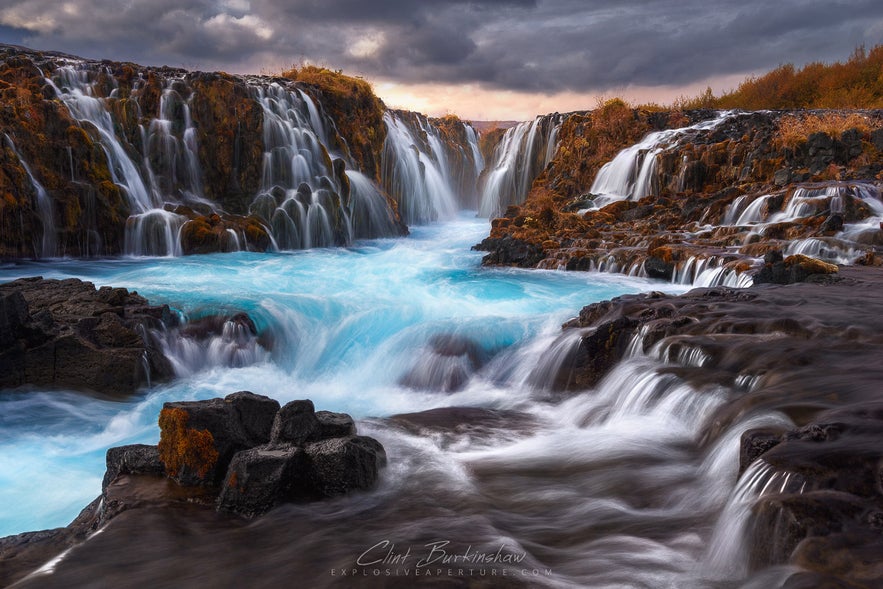 Safety is your top priority when travelling for photography. Photo by: 'Clint Burkinshaw'.
Safety is your top priority when travelling for photography. Photo by: 'Clint Burkinshaw'.
Travel Photography Tips for Beginners
Tip #1. Know Your Gear
Having strong familiarity with your equipment is one very important aspect of travel photography. Walking busy streets will often throw all kinds of lighting conditions at you, and within these hectic, constantly changing conditions, golden opportunities come and go within a matter of seconds.
Being able to act quickly with the right lens and appropriate camera settings, is an absolute necessity to capturing these magic moments.
Tip #2. Reduce Complexity and Keep Things Simple
Another crucial aspect is to not over complicate your setup. If you’ve got an inappropriate number of lens (because you just “need” the best of the best for each situation) and organised in a fashion that makes you scramble each time you want to change things up. You’re doing it wrong.
Have a nice high quality lens that’s capable of a broader spectrum, with a simple setup, that’ll allow you to snap photos with ease. The more complicated and burdensome things get, the less photographs you’ll take.
Tip #3. Noise is Better Than a Blurry Image
You can always work with an image that's slightly noisier than you’d prefer, but you can never work with an image that's blurry. If lighting conditions are ever a question, and you’re doing a whole bunch of that reactive photography talked about earlier, then always bump up the ISO a bit to be on the safe side.
 Spending time outside is the key to great travel photography. Photo by: 'Clint Burkinshaw'.
Spending time outside is the key to great travel photography. Photo by: 'Clint Burkinshaw'.
Tip #4. Get Lost
In the kindest way possible, of course! Taking the time out to spend a day wandering the streets, is one of the best things that could be done for street photography. You’ll discover places you never would have had normally. Getting off the tourist trail is also a great way to get authentic and interesting culture shots.
Tip #5. Respect Local Customs
A major part of travel photography is being sensitive to foreign customs and cultures. It’s very common for other cultures to find it rude (or an insult) to be photographed. Especially without permission. This needs to be heavily be considered when in a foreign place photographing people and cultural scenes. Do your research, respect customs, and ask people before taking a photo. A simple kind gesture will go a long way in terms of getting what you want and doing the right thing.
Tip #6. Mix Up Your Shots
Instead of sticking to just one genre of photography (e.g. street shots), mix it up and shoot a range of different subjects. Photograph everything from food, people, to landscapes and wildlife. After all, it’s about capturing as much as you can about that distant location.
Tip #7. Take the Time to Post Process Your Photos
Instead of waiting till the trip is over to start processing your photos, take some time out along the trip and process as you go. This could mean spending a few hours a couple of times a week, in a cafe, with your laptop. Even an extra drink or two after dinner at a local restaurant will go a long way when it comes to progressing your photos.
Also, use the time to catalogue, label and rate your photographs, as it will save you a huge task later on. If you plan on writing about your trip in a blog or article later on, take as much notes as possible. Some things you just don’t remember once you get home.
Tip #8. Maintain Your Gear
A dirty lens or a flat battery are two things easily avoided, but could very much be responsible for missing those golden opportunities. Keeping your spare batteries charged and lens clean will give you a big head start in making sure you catch that magic moment around the next corner.
Tip #9. Backup Your Photos
There’s nothing worse than losing your camera, and coming to the realisation that all the photographs you’ve taken of your trip, are now gone. Backup as often as possible onto a USB hard drive and store it in a separate bag to your camera.
About the author: Clint Burkinshaw is a travel photographer based in Australia. You can find more of his work on his website or by following him on Instagram.
There's no better way to get started in travel photography than to get out and about! Join one of our photography workshops and tours and you can begin taking your photography skills to the next level!

